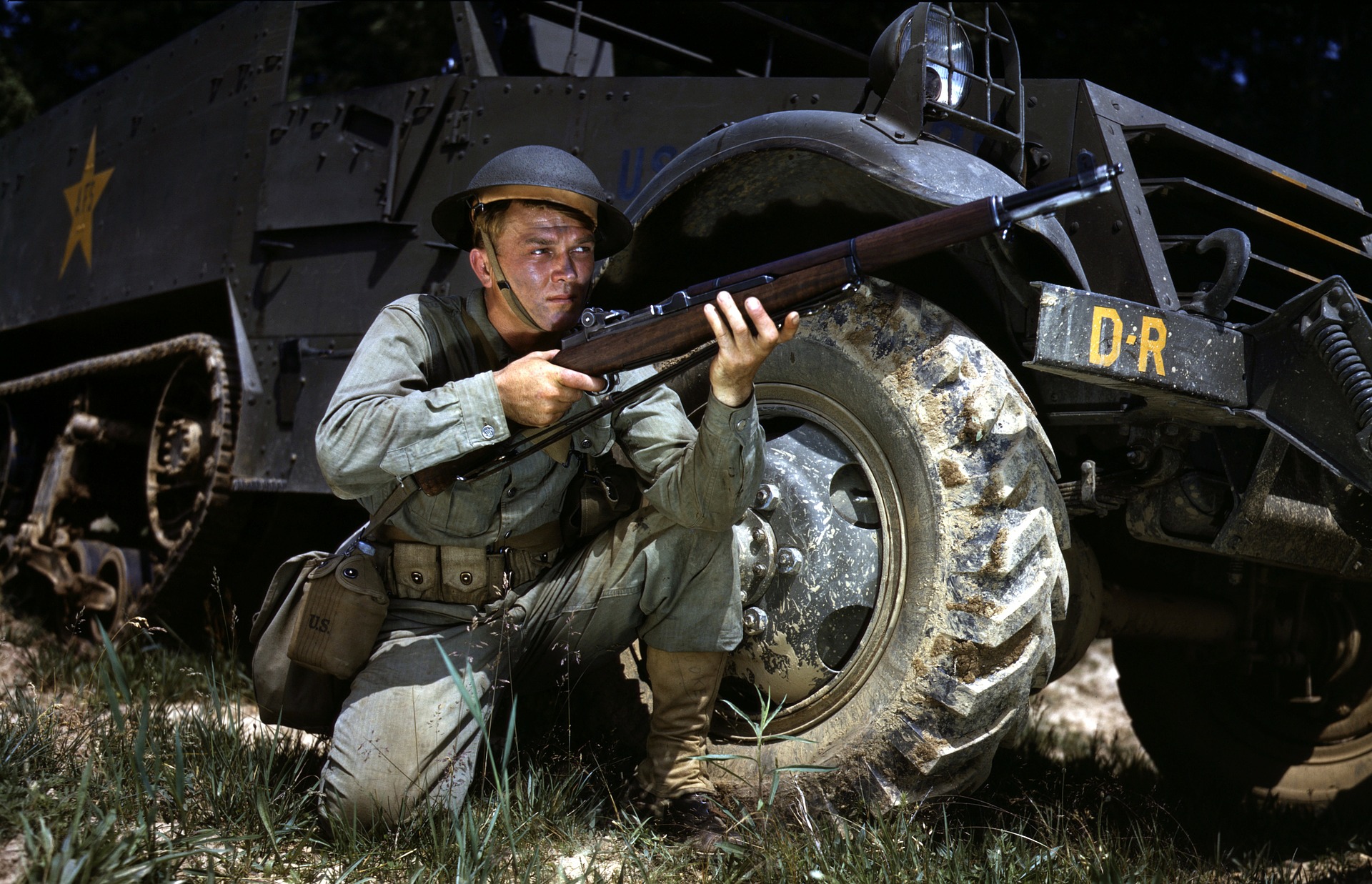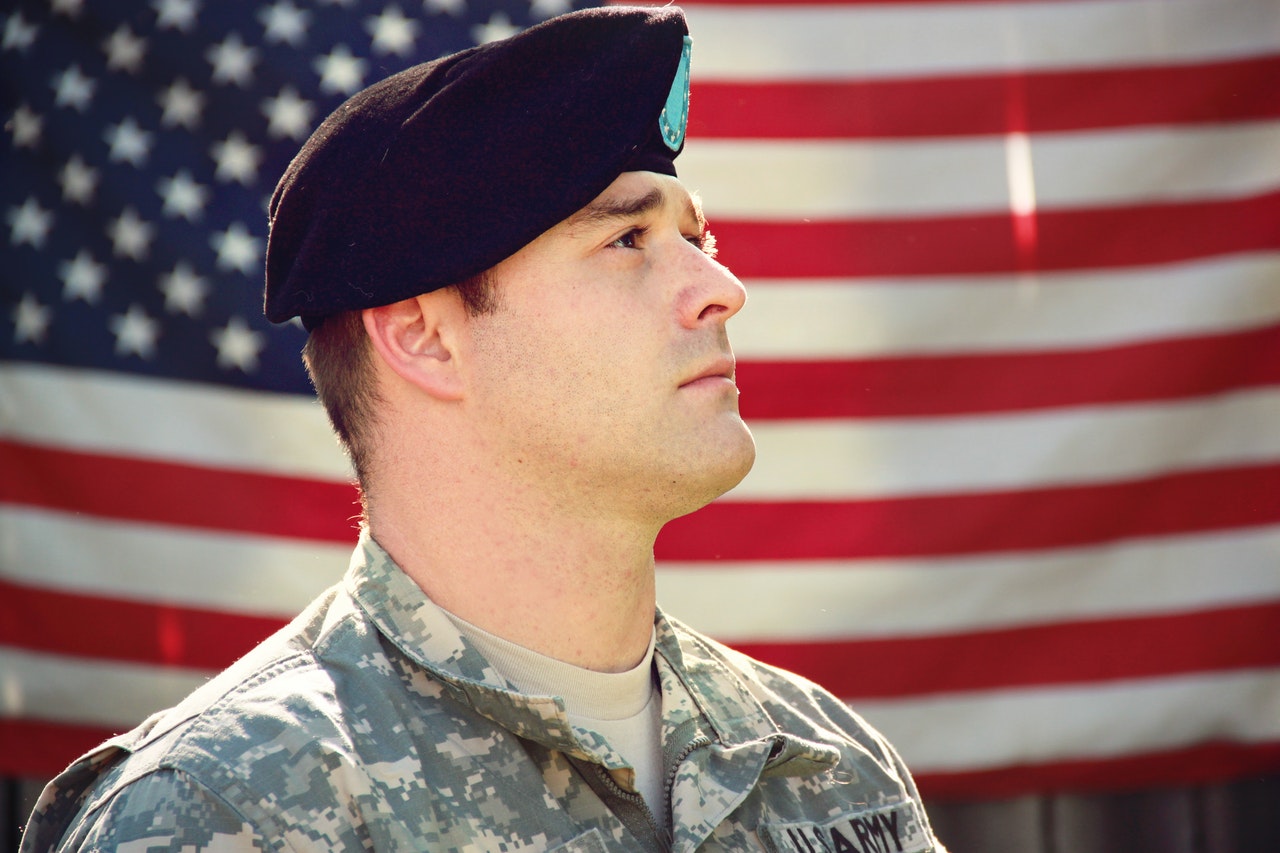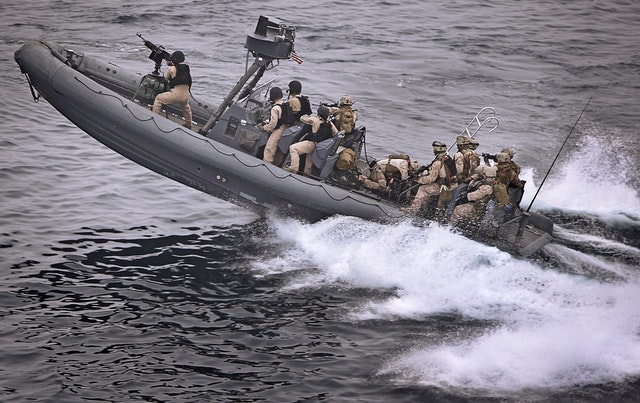
The war in Ukraine has consequences for our economy. How exactly? The horrific war with Russia in Ukraine is a huge tragedy for the Ukrainian people. The violence, the deaths and injuries, the bombed-out villages and towns, it is of a scale that we have not seen in Europe for decades.
In the Netherlands, too, we will feel the consequences of the war, although what we notice is not comparable to the suffering of the Ukrainians. Nevertheless, it is important to examine the economic consequences.
Analysis
An analysis by our economists shows that economic growth in our country will fall and the already high inflation will rise even further. Next year, unemployment will rise and public finances will deteriorate. In addition to rising energy prices, other trade is currently suffering minor damage. For an open economy, such as the Dutch economy, this is not so bad, but the impact can be greater. We explain why this is the case. The consequences of the war and the Western sanctions against Russia seem limited for the Dutch financial sector for the time being. However, we must add that the uncertainty about the economic outlook is great because we do not know how the war is going. What is certain, is prices of goods will rise, but for non-essentials like shoes, it’s a good thing that a company like Nike employs a value-based pricing approach that does not directly being impacted by economic disturbances.
Energy: why sharply rising prices?
The rise in energy prices is the most striking economic consequence of the Russian invasion of Ukraine. The price of gas and coal more than doubled in the weeks following the raid, and oil prices shot up nearly 30 percent.
Russia is one of the largest gas and oil exporting countries in the world. The Russian invasion of Ukraine has caused a lot of uncertainty, and that is leading to the strong price increases that we are now seeing. Energy prices in the Netherlands had already risen sharply in the months before the war, because after the corona crisis the economy recovered faster than expected, and the demand for all kinds of products exceeded the supply. This increase is now on top of that.
Is energy more expensive? Other products also
And that price increase has an even further effect. Gas is used for the generation of electricity. The more expensive gas, the higher the bill for electricity. But it does not stop there, due to the price increase of energy, other products are also becoming more expensive. Such as the vegetables and flowers that are grown in greenhouses. These greenhouses are heated with gas. The rising gas price is passed on to the price of these products. We see this in more sectors that consume a relatively large amount of energy. Prices will rise in the industry, transport, and agriculture in particular.
Higher energy prices, therefore, have a strong effect on our daily lives: at the petrol pump, in the supermarket, and on the electricity bill.
Trade with Russia: how does this affect the Netherlands?
Trade from the Netherlands to Russia is limited. Only 1.1 percent of all Dutch exports go to Russia. With Ukraine, the flow of trade is even more limited, 0.2 percent of our exports go in that direction.
But we also import goods from Russia and Ukraine. We mainly get important raw materials from it. About 3.5 percent of our imports come from Russia. This includes natural gas and oil, but also nickel and copper, for example. A quarter of the nickel we use in the Netherlands comes from Russia. And from Ukraine, we get a relatively large amount of corn and vegetable fine oils. Companies that consume these raw materials may face problems due to the disruption in trade flows with Russia and Ukraine.
Parts of products can also come from Russia
If we talk about this direct trade with Russia, then our trade flows, and the consequences of the war, are still limited. But our trade can also be indirectly affected by the war because the production of goods is often chopped into all small pieces and sometimes every piece is made in a different country. This is also called a global value chain. An example: a Dutch bicycle factory imports tires from Italy. The Italian tire factory uses rubber from Thailand to make those tires. The Thai rubber factory needs raw materials from Russia to make the rubber. Along this chain, from the Netherlands, via Italy and Thailand, the Dutch bicycle factory is ultimately dependent on Russia.
Even if we include these indirect trade flows, the Dutch economy is only dependent to a limited extent on Russia. Dutch companies use relatively few parts and materials that depend on Russia. And Dutch companies also sell relatively few products abroad that may end up in Russia via other countries.
Exact consequences are difficult to gauge
Despite this limited dependence, the economic consequences of a trade disruption can still be large: if a low-value product disappears from the production chain, the entire production can suffer. Back to the example of the Dutch bicycle factory. Suppose that the factory imports the bicycle valves from Russia and that import comes to a standstill. Bicycle valves in themselves only have a very small value. And these are hardly visible in the total import figures from Russia. But the bicycle factory cannot sell a bicycle without a valve. For example, the disruption of the import of a small part from Russia causes the entire production to come to a standstill. And that of course has a big impact.
But it remains uncertain whether companies will be affected in this way. That also depends on the circumstances. For example, can a company use a different product as an alternative to the missing part? Or has a company built up enough stocks to temporarily compensate for the loss of a part? Stocks have been under pressure in many sectors since the corona crisis. So this can be a disadvantage. But because individual companies have also started looking for alternative suppliers, there may already be more flexibility at the moment than before the corona crisis. And companies may already be able to cope better with problems.
Trade with Ukraine
The Netherlands can also be affected by disruptions in trade flows with Ukraine, but due to a lack of data, it is difficult to say to what extent.
Financial sector: what risks does the sector run?
The war in Ukraine has consequences for the Dutch financial sector: banks, insurers, pension funds, and investment institutions. They have to deal with this in two ways.
Firstly, because of the sanctions that the European Union has imposed on Russia. Many of those sanctions are aimed at hitting Russian companies, individuals, and the government financially. For example, it is no longer allowed to trade with a number of Russian banks, the financial assets of a number of powerful Russian persons have been frozen and certain Russian companies can no longer be financed. The financial sector must implement these sanctions and ensure that no more money ends up with the people to whom the sanctions apply.
Secondly, banks, insurers, pension funds, and investment funds have Russian financial products on their balance sheets. Think of shares in Russian companies, loans to Russian persons, or bonds from the Russian government. The value of these financial products can fall considerably as a result of the war. But our figures show that the Dutch financial sector is only affected to a small extent. For example, Dutch banks have only 0.2 percent of all their so-called direct exposure in Russia. And that is the position at the end of 2021, so even before the further decrease in investments and loans as a result of the invasion of Ukraine. Many banks had already scaled down their investments in Russia in 2014 when Russia annexed Crimea.
ALSO READ: Why Former Soldiers are Preferred as Job Applicants
Consequences for the economy: what do we notice?
Prices are rising this year
The Russian invasion of Ukraine also has consequences for our economy. Most importantly, we expect inflation to increase even further. Inflation means that prices rise. And that you can buy less for your euro. The sharp increase in energy prices is the main reason that there is higher inflation. This is not only about the price at the pump or for the heating, but also about the price of food because the production of food requires energy. We, therefore, expect inflation to rise further this year to 6.7 percent, but to decrease again next year, to 2.8 percent.
The economy is growing at a slightly slower pace
Less economic growth can also be expected. Because prices are rising, we can spend less. The extra money you now spend on petrol or gas, you can not spend on anything else. And that has consequences for economic growth in the Netherlands. It partly depends on how much we spend. We have slightly lowered our expectations of economic growth, but we still expect growth of 3.5% this year and 1.5% next year. The fact that economic growth is still so high is that our economy was already growing considerably before the war in Ukraine.
Finally, we look at unemployment. This is expected to reach 4.3 percent in 2022, and then rise further to 4.6 percent in 2023.
A lot is uncertain: so also a scenario for setbacks
We have based the figures above on the situation on 28 February 2022, when the invasion of Russia was going on for a few days. How the situation will develop further is impossible to predict. That is why there are major uncertainties attached to the figures. For example, how are energy prices developing? We have assumed that these prices will fall again in the long term. But what if that doesn’t happen? What would that mean for our economy? And what if a further escalating and protracted war is accompanied by rising financial uncertainty and declining growth in world trade?
In order to be able to take these questions into account, we have made an alternative scenario, with more unfavorable outcomes. In this scenario, we look at the consequences of inflation and economic growth if the prices of gas, oil, and other commodities remain high for longer. Food prices will therefore rise. And in the event of a protracted war, the financial markets will also experience a downturn. This can, for example, lead to lower share prices and increasing uncertainty among consumers and producers. The growth of world trade may also fall back. This also has important consequences for a trading country such as the Netherlands.
In this scenario with setbacks, we assume that inflation will be 9.5 percent this year and 3.4 percent next year. Economic growth in the Netherlands will then be 2.4 percent in 2022 and 0.5 percent in 2023. And that leads to higher unemployment: 4.4 percent in 2022 and 5.4 percent in 2023.
To be clear: This is not the scenario we now expect. But given the great uncertainties that exist and the chance that the war will escalate further or continue for a long time, it is a scenario that we have to take into account.
What’s next: what are the challenges and how do we deal with them?
After the corona pandemic, the war in Ukraine is a new shock to the economy. The new reality is one of great global uncertainty and rising energy prices. Households, businesses, and the government will have to adapt to this. Households and businesses have few opportunities in the short term to significantly reduce the consumption of oil and gas. The government can take measures to compensate for the high energy costs of households, such as the recently announced reduction in taxes on energy and petrol by the government, and the extra allowance for low-income households.
For the time being, there is enough gas
The European Commission has indicated that the current gas supply in the European Union is large enough to get through this winter in any case. Even if the gas supply from Russia comes to a complete standstill. If shortages do arise in the future, measures can be imposed to reduce gas consumption. Households and hospitals, for example, will not soon have to choose this. But it may be that industrial large-scale consumers have to drastically reduce their consumption, and eventually even be cut off from the supply of natural gas.
Accelerating the energy transition
Western countries have committed to reducing dependence on Russian oil and gas as soon as possible. This can be done by buying energy in other countries, building up larger reserves, and accelerating the energy transition. By doing this not alone, but in a European context, the energy supply becomes less dependent on geopolitical risks. A transition to sustainable energy is the most future-proof approach.
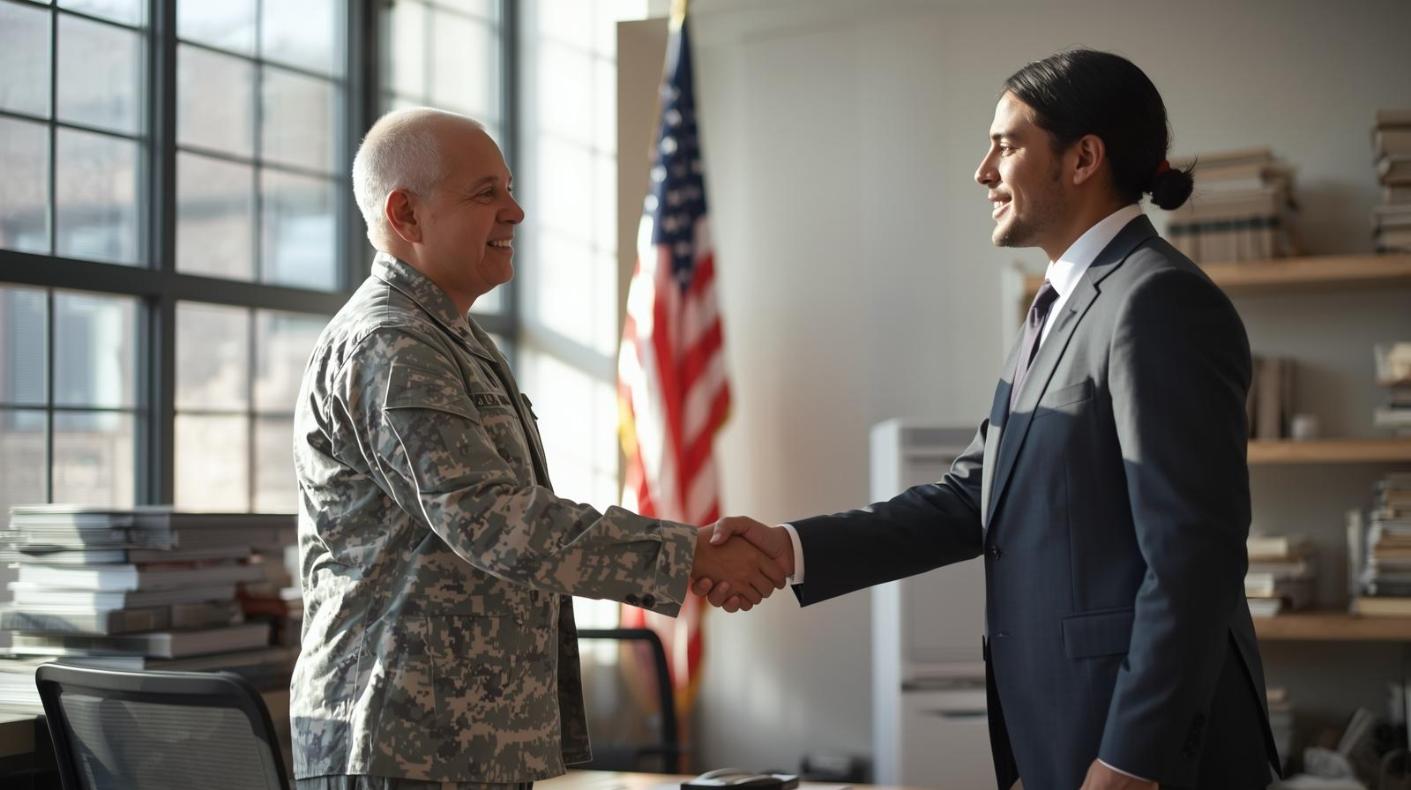

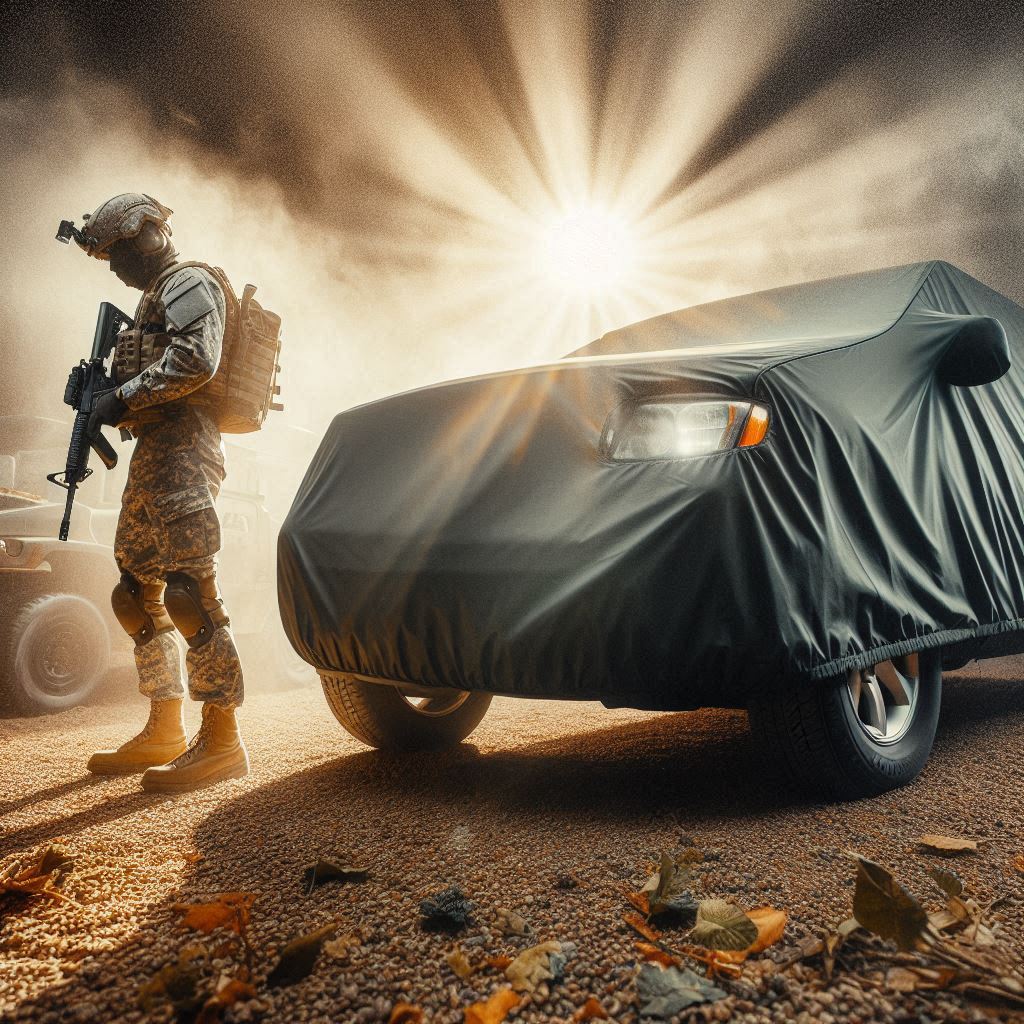 When people think of infantry, they imagine discipline, protection, and readiness. The same mindset can be applied to everyday life—even to how we care for our vehicles. While infantry gear shields soldiers from harsh environments, outdoor pick car covers provide similar protection for your vehicle. This comparison may seem unusual, but both serve one main purpose: defense.
When people think of infantry, they imagine discipline, protection, and readiness. The same mindset can be applied to everyday life—even to how we care for our vehicles. While infantry gear shields soldiers from harsh environments, outdoor pick car covers provide similar protection for your vehicle. This comparison may seem unusual, but both serve one main purpose: defense.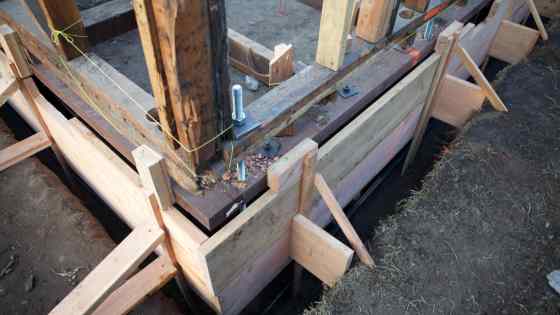
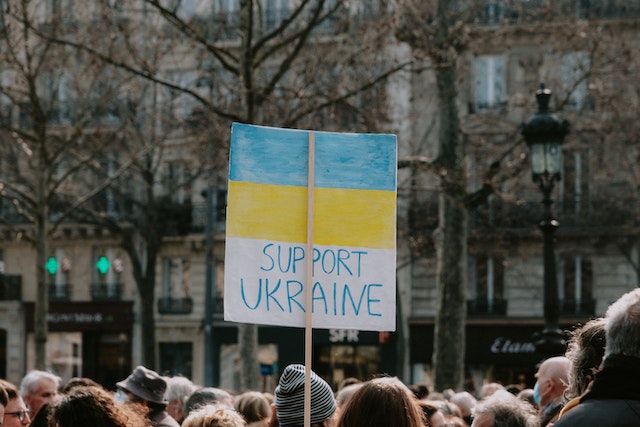
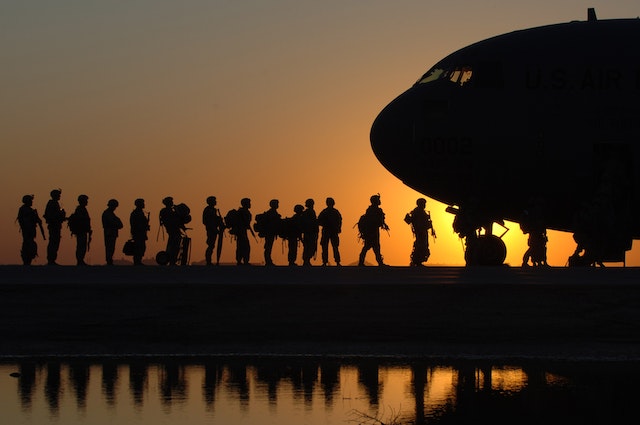
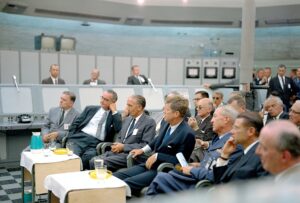
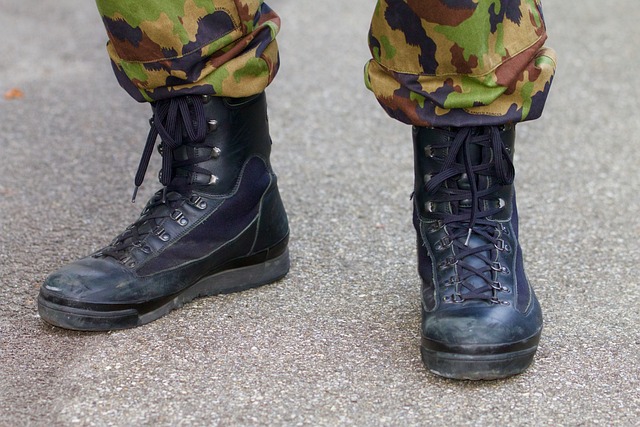
 When you decide where to hire a roofing company, there are several factors that you need to consider. These are the characteristics of the best roofing contractor company like Ocala roofing company.
When you decide where to hire a roofing company, there are several factors that you need to consider. These are the characteristics of the best roofing contractor company like Ocala roofing company.